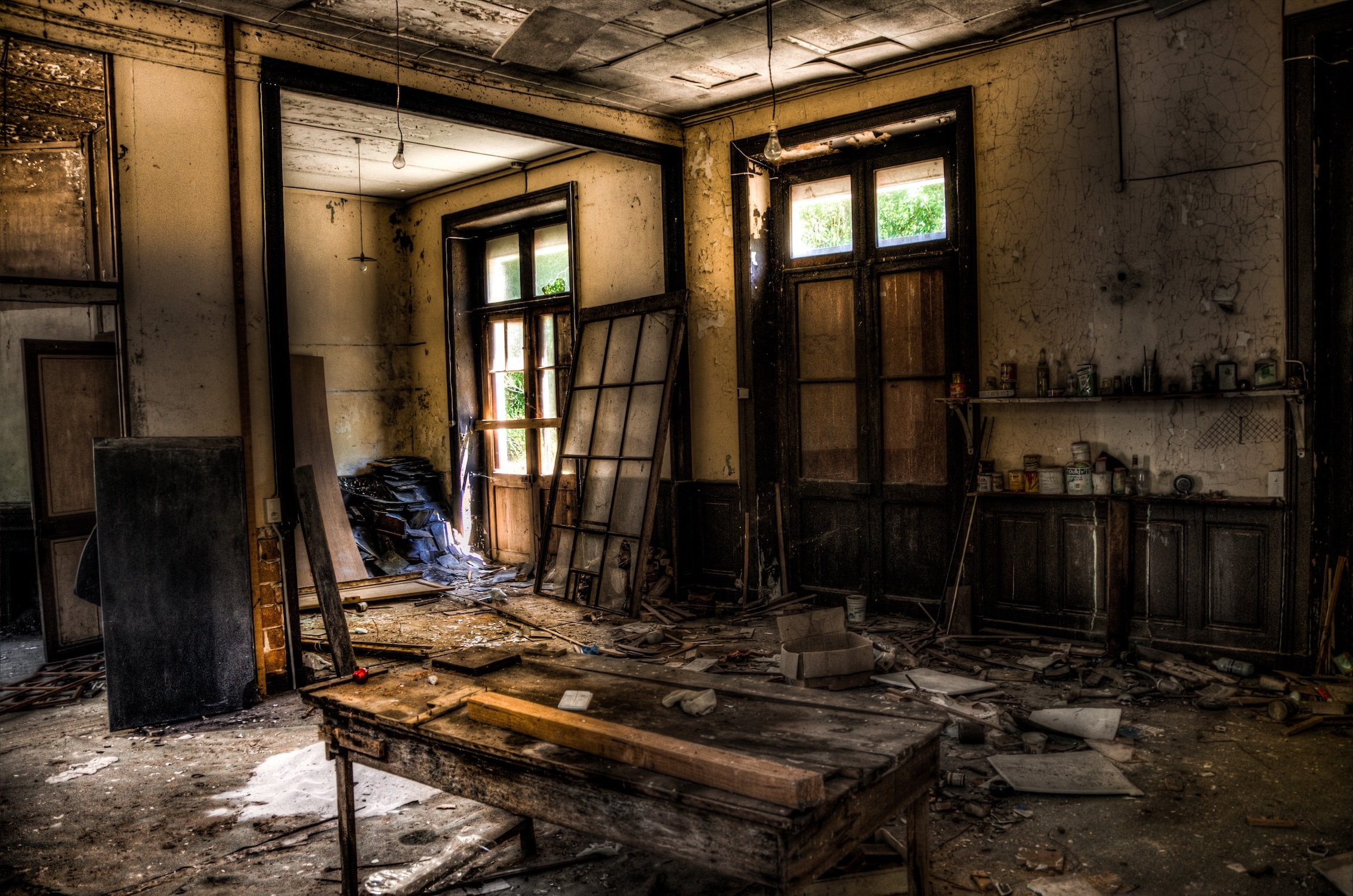Asbestos, once hailed as a ‘wonder material’ due to its fire-resistant and insulating properties, became a common component in building materials throughout the twentieth century. However, it is now recognised as a serious health hazard. Inhalation of asbestos fibres can lead to fatal diseases such as mesothelioma, asbestosis, and lung cancer. In the UK, the presence of asbestos in older residential properties remains a concern, and awareness of where it may be found, how to recognise it, and what regulations apply is crucial for homeowners and tenants alike.
The use of asbestos in the UK dates back to the early 1900s, but its widespread application in construction surged during the post-war building boom. It was commonly used from the 1930s until the late 1990s. Different types of asbestos were utilised in various forms: blue (crocidolite) and brown (amosite) asbestos were banned in 1985, while white (chrysotile) asbestos was not banned until 1999. Consequently, any building constructed or refurbished before the year 2000 may contain asbestos materials.
Identifying asbestos in the home is not always straightforward. Asbestos-containing materials (ACMs) were used in a wide range of products. Common places where asbestos might be found in residential properties include textured ceiling coatings (such as Artex), roof sheets and tiles, wall cladding, pipe lagging, floor tiles and adhesives, boiler insulation, garage and shed roofs, and even fireproof panels in airing cupboards and around electrical fuse boxes. The appearance of these materials does not necessarily indicate whether they contain asbestos, as they often look similar to non-asbestos alternatives.
Although homeowners are not legally required to remove asbestos from their properties, they must not disturb it, especially if it is in good condition and unlikely to be damaged. Disturbing asbestos can release microscopic fibres into the air, creating a significant health risk. It is advised that suspected asbestos materials are left untouched and that a licensed asbestos surveyor is consulted to assess and confirm its presence. Only trained professionals should carry out asbestos removal or remedial work.
In the UK, the Health and Safety Executive (HSE) provides comprehensive guidance on asbestos management. Under the Control of Asbestos Regulations 2012, duty holders – typically those responsible for the maintenance of non-domestic premises – are required to identify and manage asbestos risks. This includes maintaining an asbestos register, assessing the condition of ACMs, and ensuring that any risk is effectively controlled. While these regulations do not directly apply to private homeowners, it is recommended they follow similar safety practices to prevent unintentional exposure.
When planning renovation or repair work in a home built before 2000, it is essential to consider the potential presence of asbestos. Contractors should be informed of any known or suspected asbestos so that appropriate precautions can be taken. If asbestos is confirmed, removal must be carried out by a contractor licensed by the HSE. In situations where asbestos is not damaged and poses no immediate threat, it may be safer to leave it in place and monitor it for future changes.
In conclusion, asbestos remains a hidden but serious hazard in many UK homes built before 2000. Awareness and understanding of where asbestos may be located, how to recognise it, and what actions to take are vital for maintaining a safe living environment. By adhering to HSE guidelines and seeking professional assistance when needed, homeowners can effectively manage the risks associated with asbestos and ensure the health and safety of all occupants.



